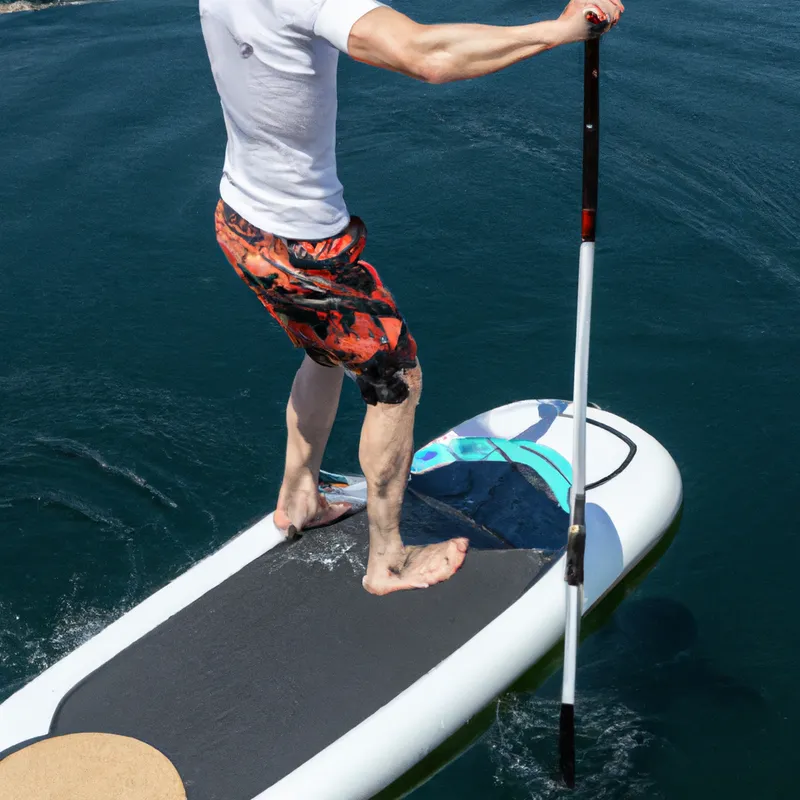Mastering Paddleboard Balance Through Seasonal Changes
Analyzing the Impact of Seasonal Changes on Paddleboard Balance Techniques
Paddleboarding combines fitness and fun. It allows individuals to connect with nature while improving physical skills. Seasonal changes significantly impact paddleboarding experiences and balance techniques. Paddlers must adapt their strategies to maintain stability and control as conditions shift. Understanding these changes enhances performance and enjoyment on the water. This post explores how seasons affect paddleboard balance techniques and offers tips for adaptation.
How Seasons Affect Water Conditions
Each season presents unique challenges and opportunities for paddleboarders.
Spring
Spring brings unpredictable water conditions. Melting snow and increased rainfall create choppy waters and strong currents. Paddlers face debris and varying water levels as rivers swell and lakes fill. These conditions demand heightened balance and stability. Additionally, warming weather can trigger sudden wind pattern changes.
Summer
Summer typically attracts many paddleboarders. Warm temperatures and clear skies define this season. However, recreational boaters, jet skis, and other watercraft increase wave activity. Early mornings and late evenings often provide calmer waters, while midday can bring sudden wakes and choppy conditions. Paddlers must adjust their balance techniques quickly to stay in control.
Autumn
Autumn offers vibrant colors and cooler temperatures but also introduces strong winds. Gusty winds create unpredictable currents and choppy waters. Paddlers must remain alert and adaptable. Shorter days reduce visibility, especially during early morning or late evening sessions. Paddlers need to manage these variations while maintaining balance.
Winter
Winter presents significant challenges for paddleboarders. Cold temperatures limit paddleboarding to experienced enthusiasts. In many regions, icy conditions make paddleboarding unsafe. For those willing to paddle in winter, they require exceptional balance and technique. Icy surfaces and strong winds create precarious environments.
Tips for Adapting Your Balance Techniques
Paddlers can implement strategies to enhance balance techniques during different seasons:
1. **Adjust Your Stance**
Modify your stance based on water conditions. In choppy waters, widen your stance to distribute weight evenly. This wider base increases stability. Lowering your center of gravity by bending your knees can also enhance balance, allowing quicker reactions to shifting conditions.
2. **Focus on Core Strength**
A strong core supports balance and stability on the board.
Conclusion
Understanding seasonal impacts on paddleboarding helps paddlers adapt and enjoy their experience. Use these tips to enhance your balance techniques.
Below are related products based on this post:
FAQ
How do seasonal changes affect paddleboarding conditions?
Seasonal changes create unique challenges for paddleboarders. In spring, unpredictable water conditions arise due to melting snow and increased rainfall, leading to choppy waters and strong currents. Summer brings warm temperatures but also increased wave activity from recreational boaters. Autumn introduces strong winds that create unpredictable currents, while winter presents icy conditions that require exceptional balance and technique.
What adjustments can paddleboarders make to improve balance in different seasons?
Paddleboarders can enhance their balance techniques by adjusting their stance based on water conditions, such as widening their stance in choppy waters for better stability. Additionally, focusing on core strength helps support balance and stability on the board, allowing for quicker reactions to shifting conditions.
Is paddleboarding safe during winter months?
Paddleboarding in winter is generally only recommended for experienced enthusiasts due to cold temperatures and potentially icy conditions. For those willing to paddle in winter, it requires exceptional balance and technique to navigate the challenging and precarious environments created by icy surfaces and strong winds.















Post Comment